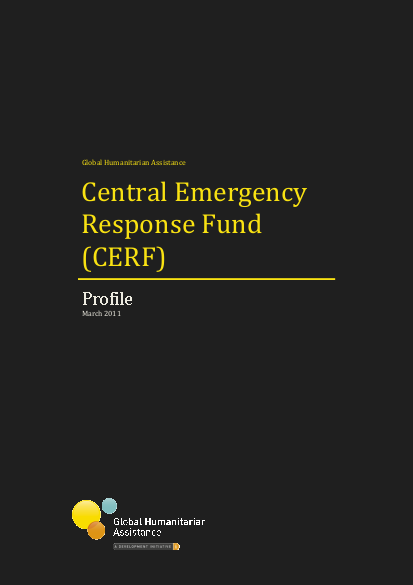
A key element of the humanitarian reform process that began formally in 2005 was the need to improve funding for humanitarian crises on a global scale, especially through the use of pooled funding. This resulted in the evolution of the existing global revolving fund with a loans facility of US$50 million into the present day Central Emergency Response Fund (CERF) with its substantial grant-making possibilities as well as the original loan element. The CERF provides donor governments and the private sector with the opportunity to pool their financing on a global level to enable timely and reliable humanitarian assistance to those affected by natural disasters and armed conflicts. Donor contributions are unearmarked. Since its inception in 2006 the CERF has received total contributions of US$2.1 billion and a further US$254 million in pledges from more than 150 government and non-government donors, together with a great number of individual contributions from private citizens.
